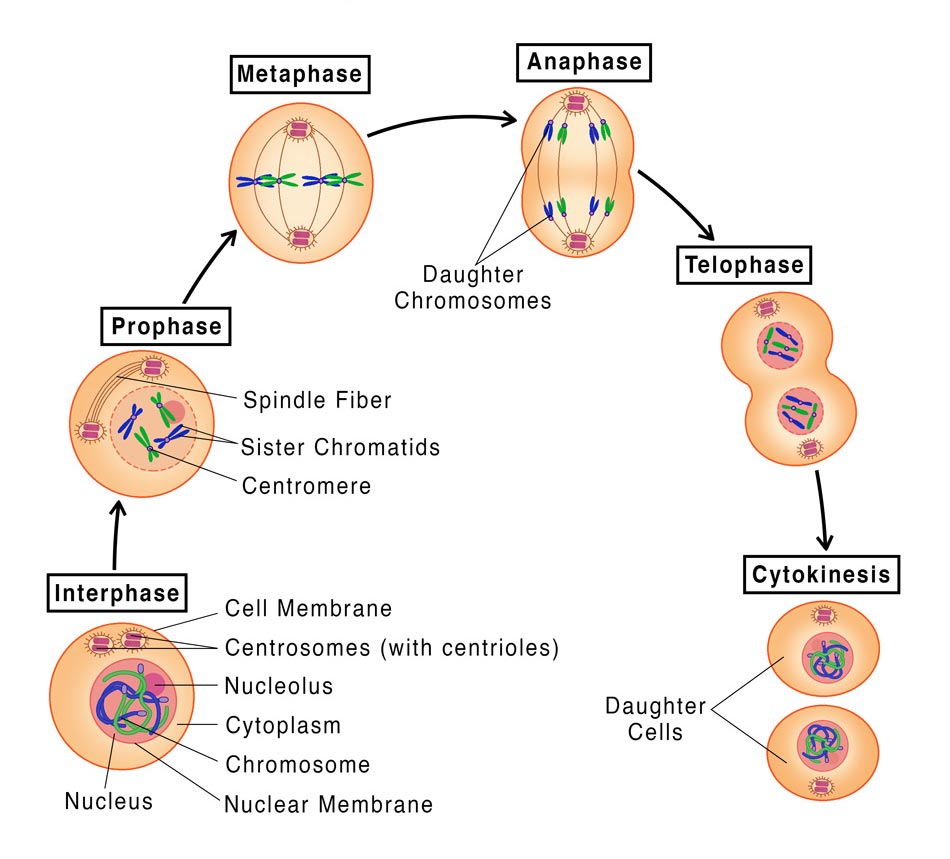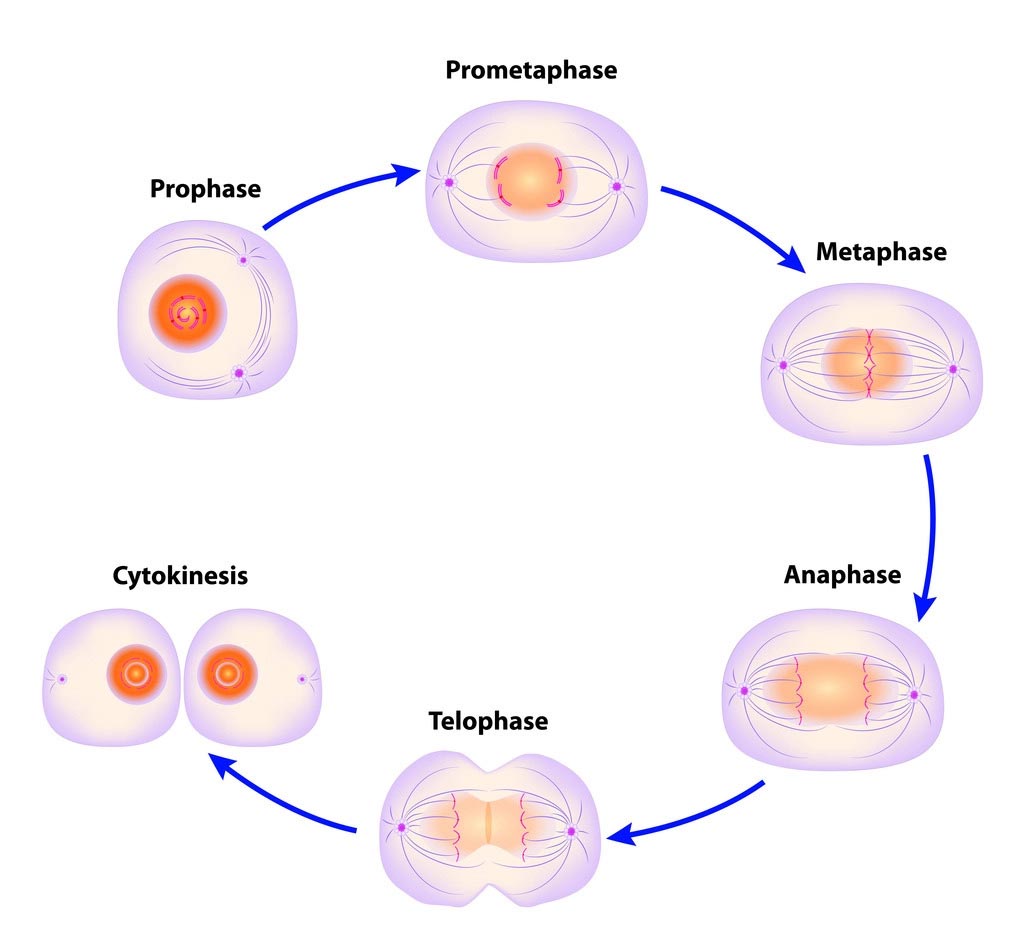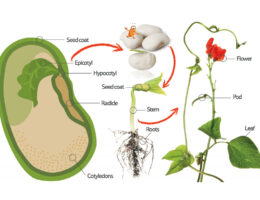Mitosis is the process of cell division that produces two genetically identical daughter cells. A labeled diagram of mitosis may include the following phases and structures:
- Interphase: The cell is in a non-dividing state and is carrying out normal cell functions. DNA replication occurs during this phase.
- Prophase: Chromosomes condense and become visible as paired sister chromatids. The nuclear membrane breaks down, and spindle fibers form from the centrosomes.
- Metaphase: Chromosomes line up along the equator of the cell, also known as the metaphase plate. Spindle fibers from opposite poles attach to each sister chromatid.
- Anaphase: Sister chromatids separate and are pulled toward opposite poles of the cell by the spindle fibers.
- Telophase: Chromosomes reach the opposite poles and begin to decondense. The nuclear membrane reforms, and the spindle fibers disassemble.
- Cytokinesis: The cell divides into two daughter cells. In animal cells, a cleavage furrow forms, while in plant cells, a cell plate forms to divide the cytoplasm.
Overall, mitosis ensures that each daughter cell receives an identical copy of the genetic material. This process is crucial for growth, development, and tissue repair in multicellular organisms.




